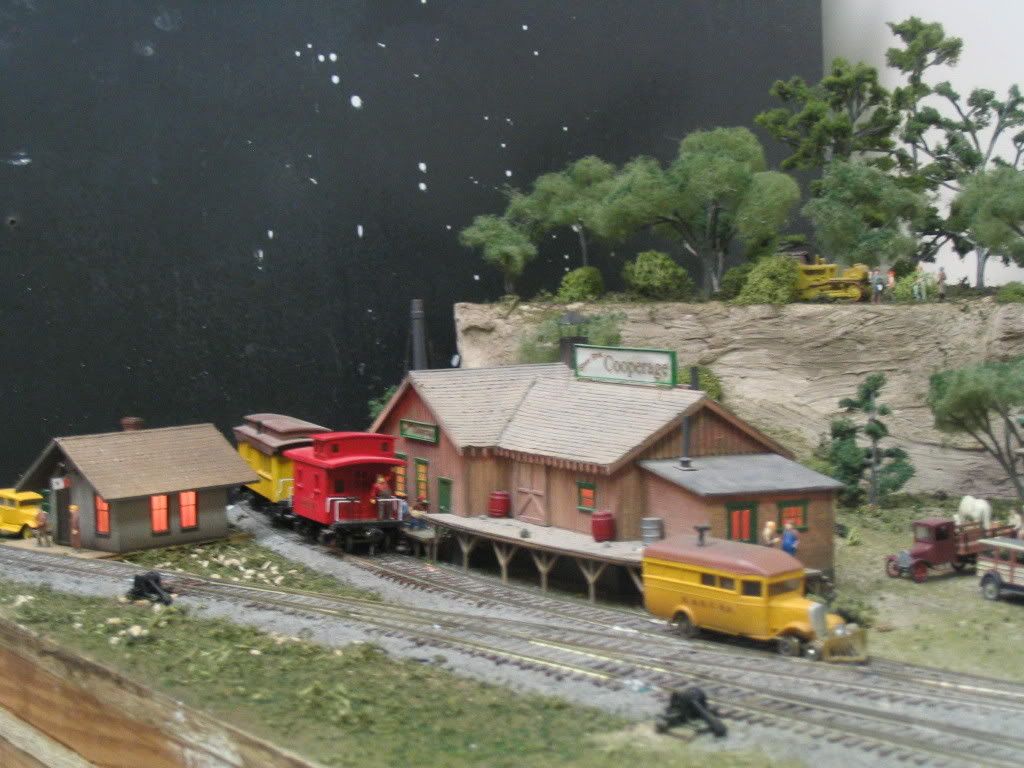I’m new to the forums and have started thinking about model railroading after a long absence to raise kids, build my career, go to school, etc. Now that I’m in my late 40’s, I find I have more time to devote to the hobby.
So, here’s my question: I’ve decided to go with N scale (although I’ve only modeled in HO in the past) and have several options for areas to place my layout. Unfortunately, all the areas I’m considering have pros and cons and none of them are close to each other.
The area I think I’m going to use is in a finished attic area. The major drawback is that it has kneewalls and a slanting roof. So, I’ll be limited on the height of the layout. I’m considering making the layout at a lower height (30 to 36 inches off the floor) and operate it basically sitting down. Almost all of the layouts I’ve seen have been at a higher elevation and designed for standing and walking.
The major “con” I see to this idea is mobility around the layout (I’m thinking an around the wall type layout with a penisula).
Has anyone tried this before? Should I try this or scrap it and go to another area in the house (which would present other “cons”)? Any advice would be appreciated.



